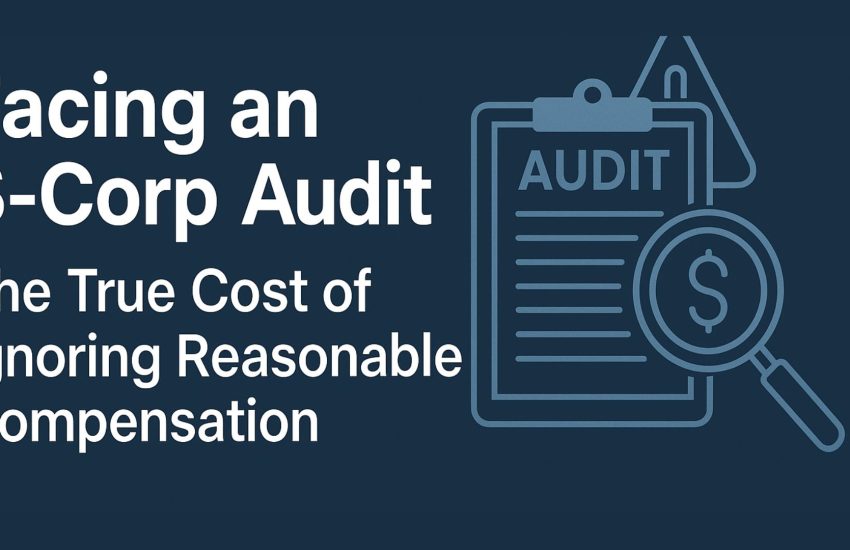Strengthening Cash Flow and Accounts Receivable Management for Contractors in Q2
As the busy season approaches, managing cash flow becomes critical for contractors. In construction, late payments are not the exception—they’re the norm. In fact, 100% of companies surveyed in the industry reported receiving late payments from clients, and 36% noted that payments were over 15 days past due.
With these realities in mind, Q2 is the perfect time to proactively tighten cash flow and accounts receivable management strategies. Doing so ensures your business can fund operations, pay employees, purchase supplies, and ultimately deliver projects without financial stress.
Here’s a comprehensive guide to fortifying your cash flow this quarter.
1. Bill on Time—or Even Early
It might sound basic, but consistent, prompt billing lays the foundation for healthy cash flow. Contractors should:
-
Invoice as soon as possible after work milestones are met.
-
Use contract language that allows for mobilization or progress payments—these structures ensure cash starts flowing before project completion.
-
Front-load payment schedules when possible, billing a higher percentage earlier in the project to minimize financial exposure.
Waiting until project completion to invoice can leave you in a precarious position, especially when client payment behaviors are inconsistent.
2. Follow Up on Overdue Invoices from Q1
Before you get deeper into new projects this quarter, clean up your Q1 collections:
-
Send reminders for any invoices that are past due.
-
Escalate communication as necessary—don’t be afraid to pick up the phone.
-
Consider offering a small discount for immediate payment if appropriate.
-
Review client payment histories to identify any habitual late payers and adjust project terms accordingly.
The longer an invoice remains unpaid, the harder it becomes to collect. Staying vigilant helps avoid cash flow surprises later.
3. Implement Progress Billing and Front-Loading
Progress billing ties payment to milestones and deliverables rather than project completion, giving you a steady stream of income throughout the life of a contract.
Benefits of Progress Billing:
-
Reduces your financial risk on longer projects.
-
Aligns cash inflows with project expenses.
-
Encourages better communication with clients about payment expectations.
Front-loading schedules, where appropriate, can further protect you by shifting a larger percentage of payments to earlier project phases.
4. Explore Financing Options Wisely
Even with the best billing practices, some gaps are inevitable. Be prepared by lining up financing options:
-
Lines of Credit: Offer flexible, revolving access to funds for short-term needs.
-
Invoice Financing: Advance payment against outstanding receivables can bridge delays, but at a cost.
While financing tools can be lifesavers, it’s better to address root causes first. Use financing as a safety net—not as a crutch.
5. Attack the Root Cause: Negotiate Better Payment Terms
If you’re consistently experiencing slow payments, it’s time to get strategic:
-
Negotiate faster payment terms during contract discussions.
-
Offer early payment discounts to encourage quicker turnaround.
-
Vet new clients more carefully for payment history and financial strength.
Small tweaks at the negotiation stage can save you major headaches down the line.
6. Build and Maintain a Cash Cushion
Experts recommend maintaining a cash cushion of around three months’ operating costs. This buffer provides breathing room if payments are delayed and reduces reliance on financing.
Start building your cash reserve by:
-
Prioritizing collections.
-
Cutting unnecessary expenses.
-
Increasing billing efficiency.
A healthy cash cushion transforms payment delays from emergencies into manageable inconveniences.
7. Use Legal Tools to Protect Your Payments
In construction, legal tools like notices of furnishing or notices of intent to lien are standard practice—not a last resort.
-
Send notices promptly when allowed by law.
-
Educate clients that these actions are procedural protections—not personal affronts.
These tools incentivize prompt payment and reinforce your seriousness about collections.
8. Keep Your Accounts Receivable Aging Report Updated
An updated A/R aging report is your early warning system for cash flow problems:
-
Review the report weekly—not monthly.
-
Highlight invoices that need immediate action.
-
Make it part of team meetings to keep everyone accountable.
Transparency around collections strengthens internal ownership and keeps receivables moving in the right direction.
Final Thoughts
Strengthening your cash flow and collections in Q2 is one of the smartest moves you can make heading into the busy season.
By proactively billing, collecting, negotiating better terms, leveraging legal protections, and keeping financing options available, you create a resilient financial foundation for your contracting business.
Remember: Slow payments are common, but financial disruption doesn’t have to be.
The contractors who succeed long-term are the ones who control their cash—not the other way around.
If you’d like help reviewing your billing processes, collections strategies, or financing options, our team at W E STEVENS PC is ready to assist.
[Contact Us to Strengthen Your Cash Flow →] +1 (402) 932-8815
Sincerely,
W. E. Stevens, PC
Serving you through a thoughtful client experience, a wise long-term perspective, and a very experienced staff.



